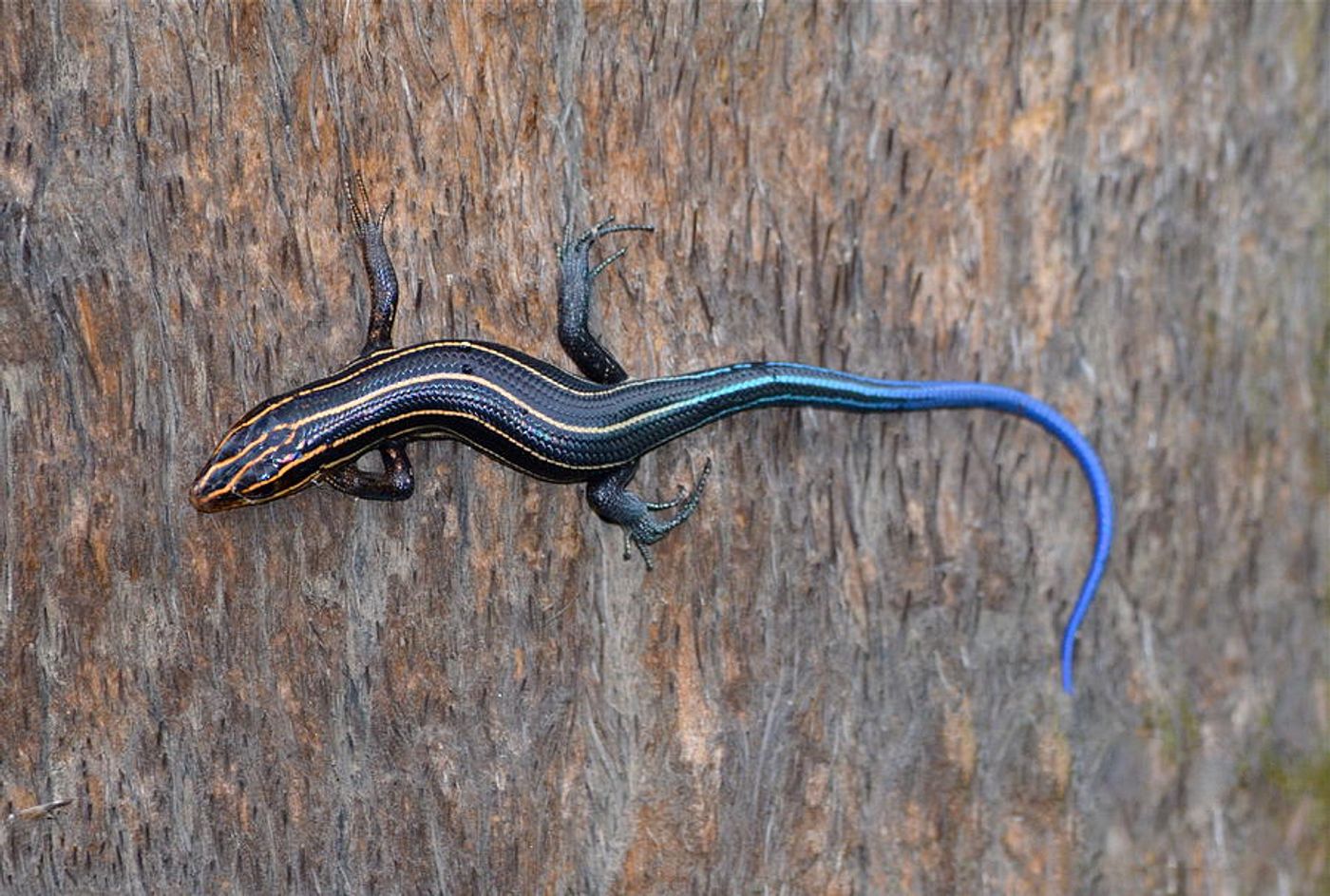Do Blue Tails on Some Lizards Serve an Important Purpose?
Who do some lizards have exotic blue tails? They’re super attractive to your eye, but does it work the same way for other predators out there that might see those attractive colors?

A new study published in the Journal of Zoology may present some interesting facts about how the blue tail came to be and how it’s used.
Scientists led by researcher Takeo Kuriyama set out to find out more about why some lizards, juveniles especially, have those bright blue tails, and one thing that they found is that it’s likely an evolutionary trait that works as a self-defense mechanism.
Not only are these tails a bright and attractive blue, but they’re also detachable, just like the tails of most lizard species. This means that when the tail gets ripped off by a predator, the lizard is just going to regenerate a new tail.
As a result, the blue color works well as a way to distract predators away from the head of the animal, which gives the lizard a higher chance of survival. The predator goes after the detachable tail instead of the lizard itself, and this gives the lizard a chance to get away safely.
It works to attract predators by reflecting certain ultraviolet (UV) light wavelengths that only certain predators can see.
"Nano-particle pigments in skin produce the anti-predator tail coloration," Kuriyama said in a statement.
Interestingly, some tails had higher UV reflectance than others, primarily in habitats where snake populations were higher. This is because snakes are very sensitive to UV light and lizards in these parts had to adapt to better survive against snake predators.
Of course, not all predators can see these colors, so other species of lizards have different colored tails or lower UV reflectance. There are also some species that have the ability to change colors dependent on their surroundings, or that have special patterns to blend in well with anything they’re standing on.
So now when you see a lizard with a blue tail that doesn’t match the rest of their body color, you can remember that it’s a self-defense mechanism against certain predators, and not a birth defect.
Source: Science Daily








